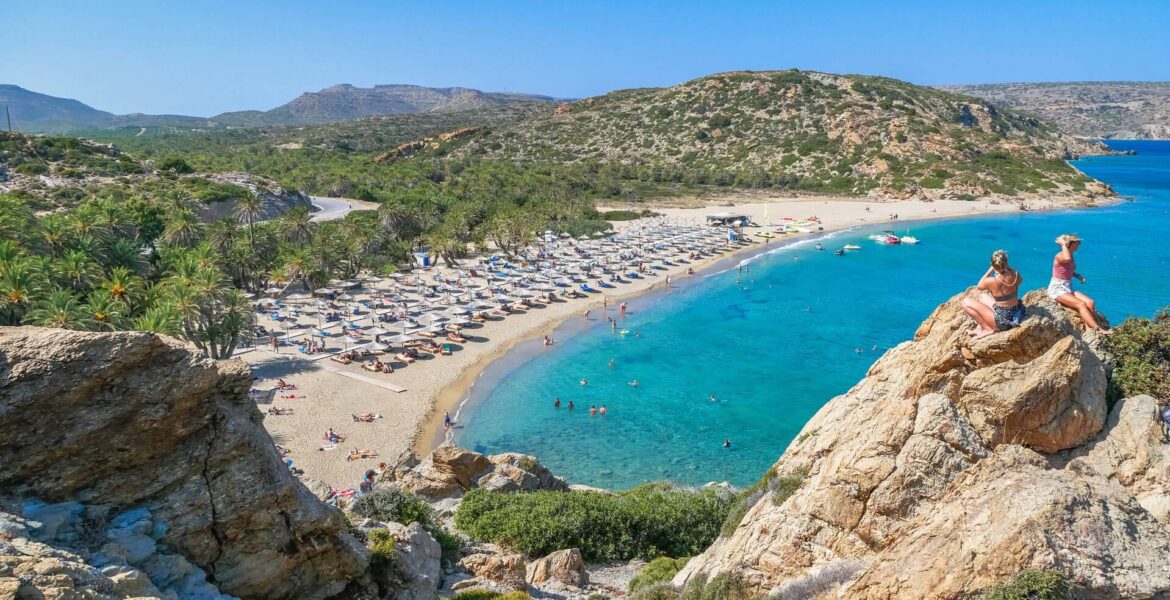Enigmatic landscapes and unknown natural beauties at the easternmost tip of Crete.
The landscape at the easternmost tip of Crete, Lasithi, consists of plateaus surrounded by steep peaks, deep gorges, rivers—if not torrents—and exotic beaches.
The easternmost corner of Crete is a genuine Mediterranean terra incognita that openly flirts with the stereotypical mix of tourist development, slow-living rural life and an authentic physical and cultural identity unique to Greek standards.
First stop: Vai.
Tropical by European standards, thanks to the region's unique microclimate and photographed by almost every foreign tourist, the famous Palm Forest of Vai, with its almost lined-up palm trees, is undoubtedly considered one of the best-known jewels in the Cretan travel crown.
Exotic and unusual in the eyes of a Greek, the palm forest of Vai is one of the most sensitive ecosystems in Europe and has been a national park since 1987.
In fact, an old legend says that at some point, when the Arabs occupied Crete, an Arab ate dates and threw the seeds in the sand. The seeds quickly grew, creating a huge forest of Phoenix theophrastior, more commonly known as Cretan date palms.
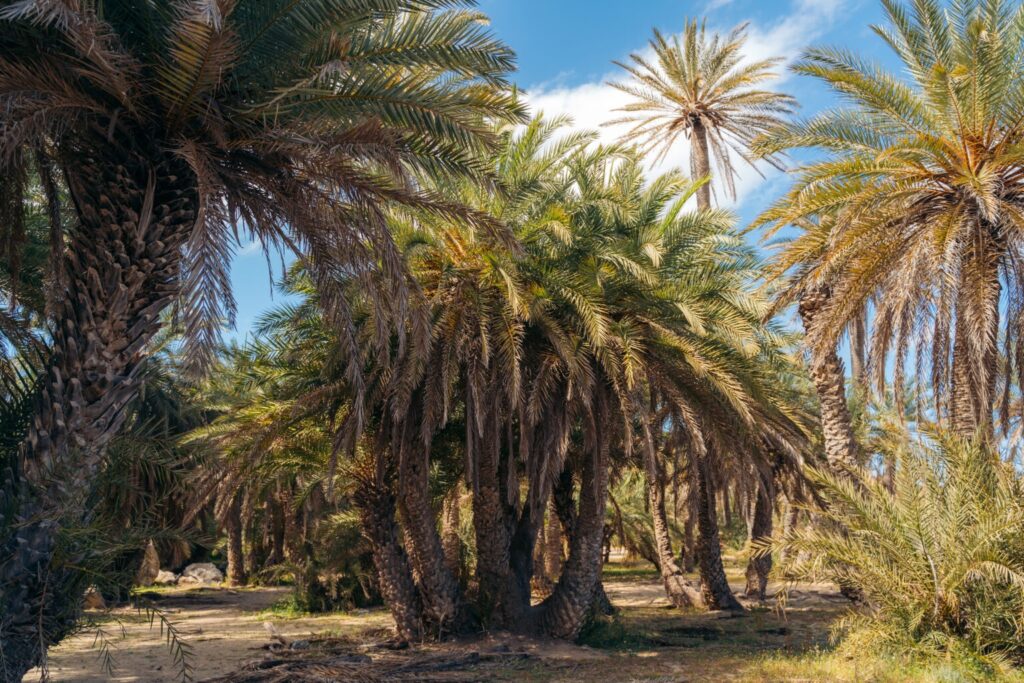
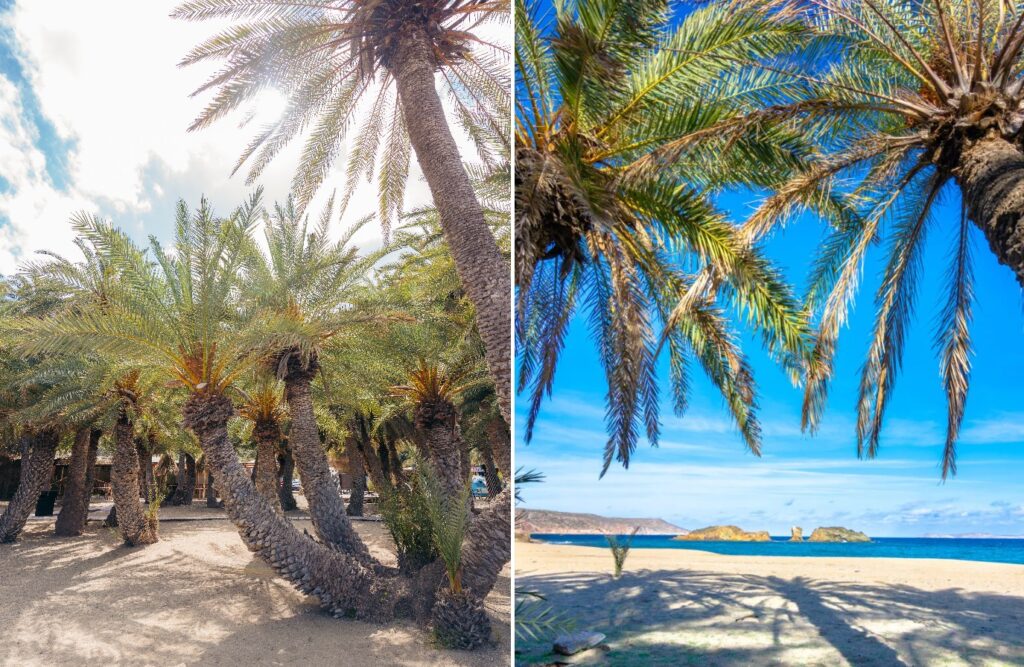
If something fascinates the visitor to Crete more, it is definitely the caves.
Sometimes accessible, sometimes inaccessible, and sometimes submerged in water, the caves of Crete have also contributed to the international promotion of the island.
Lasithi, with its rare limestone formations, unstoppable geological changes, and underground tectonic faults, is a paradise for every caver.
Dikteon Andron, Breiko, Milatou Cave, and many other small and large caves have connected their history to the people and figures of this unspoiled corner of the country.

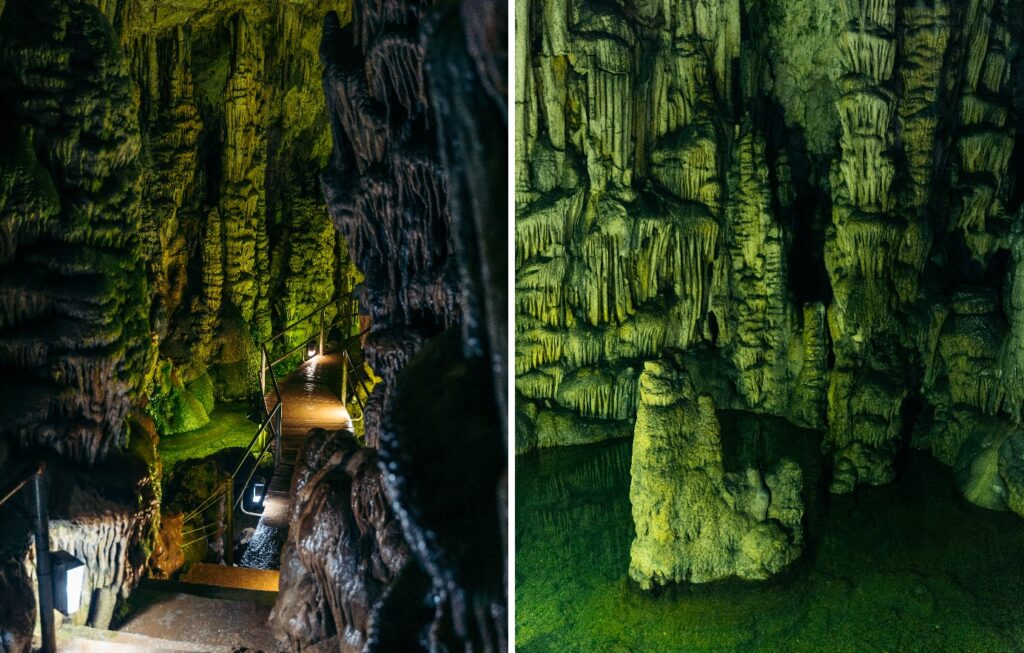
The dark atmosphere of Cave of Diktaion Andron is exactly what Rhea was looking for when she hid the newborn Zeus from his bloodthirsty father.
Unfortunately, the cave was not enough to protect the 2,000 women and children who tried to escape the fury of the Ottoman Admiral, Hasan Pasha.
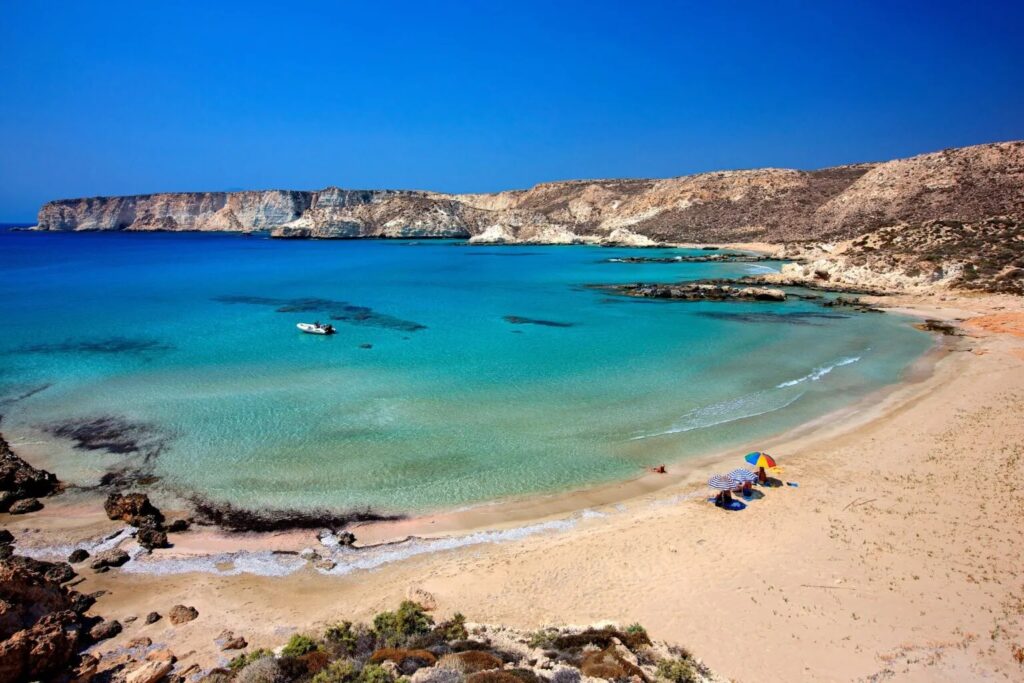
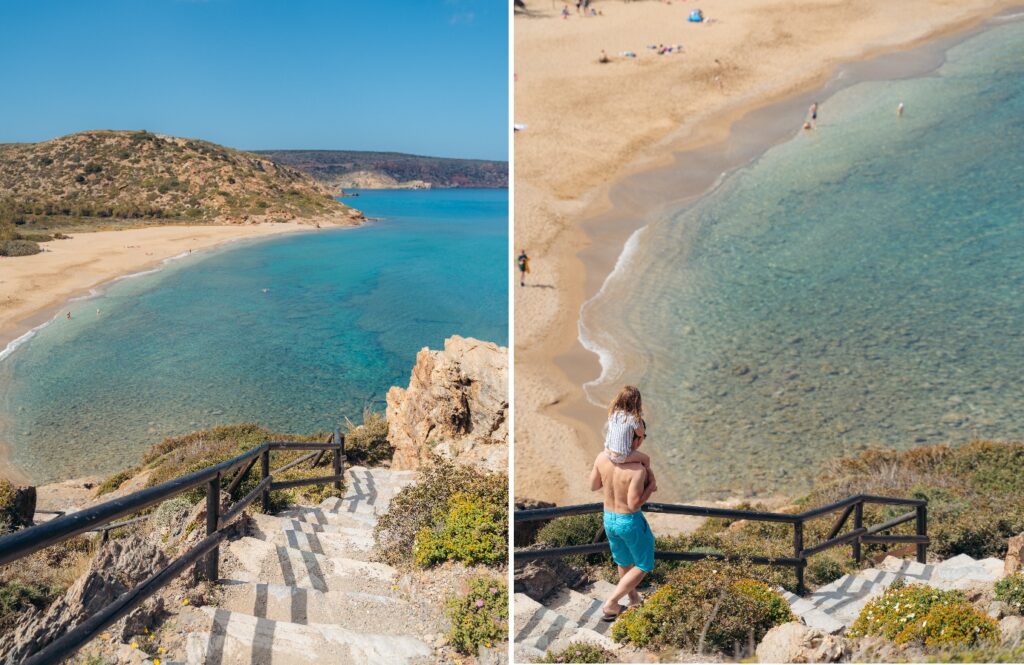
Back on the sea's surface, the islets Chrysi and Koufonissi off the coast of the South Cretan Sea, looking like mini Maldives, stubbornly cut off from the rest of Crete.
The islets are fascinating, with organised and unorganised beaches that
sometimes offer free camping. Meanwhile, Koufonissi presents significant archaeological interest thanks to the ancient theatre that was discovered and dates back to the 2nd AD century.
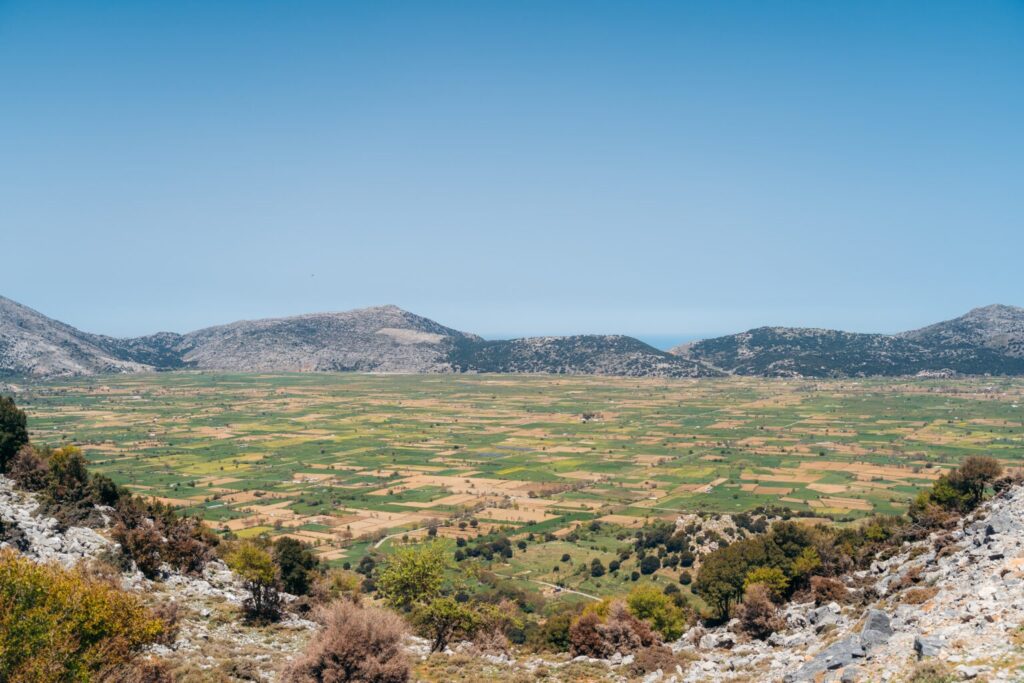

Because its beauty is hidden in the mountains, the Lasithi Plateau leaves everyone speechless. It is a fertile, mountain-enclosed plain almost 70 kilometres east of Heraklion and 40 kilometres from Agios Nikolaos.
Spread between peaks with strange names and challenging to reach due to difficult roads with countless turns, the Lasithi plateau sometimes resembles a Central European plain and sometimes a landscape taken from an American western that has been transplanted into a Mediterranean ecosystem full of crops, windmills and flocks of sheep.
Also known as the first wind park in Greece, the Lasithi Plateau is full of farming villages (Tzermiado, Avrakontes, Agios Georgios, Psychro, etc.). Thanks to the dozens of abandoned windmills used to irrigate the plain, the Lasithi Plateau is why the wild beauty of Lasithi will not stop inviting you to explore it.
Yianni Koutrdoudi is a columnist for Travel. Translated by Paul Antonopoulos.
READ MORE: Agios Pavlos: The isolated beach in Crete with a Byzantine church and wonderful waters.

